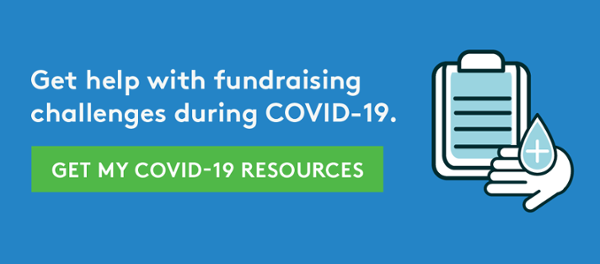Related Articles
Subscribe to the Greater Public newsletter to stay updated.
This site is protected by reCAPTCHA and the Google Privacy Policy and Terms of Service apply.

In the last few weeks, each of us has made a complete pivot in all aspects of our lives. In our work, that dramatic shift has upended the even the most detailed annual donor plans, requiring that everyone (including us at Greater Public!) rethink and rewrite scripts, letters, and acknowledgement copy.
What we must not forget is to keep donors front and center in all these adjustments. It can be easy to drift inward and focus on what we need. But when we focus on donors, the framework is always “what you make possible.”
In workshops, I often tell attendees to take off their development hats, and put on their donor hats. Then I ask the following questions: Who are the donors? What do they care about? Why do they use (listen/read/view) this particular station? I invite you to recreate this exercise with your team, adding “In the face of this pandemic…..”
There are three main principles to remember in order to keep copy donor-centered:
Fundraising is about your listeners, not your station.
What are the listeners making possible? How do they make a difference? What is possible because of their generosity? Tell them how they can help, and remind them how important the service is to them.

Fundraising is about turning station needs into listeners’ interests.
What do listeners care about on your station? Why do they listen? Is it because they trust the news they receive? Is it because they care about issues specific to your community? Is it your commitment to live music and playing a wide-array of artists and performances? Yes, you need the revenue, but what they need and care about is the mission you share together.
EVERY message can and must be presented from a listener perspective.
In your copy, you’re always looking for ways to tie messaging back to the donor:
Here are some simple examples of how to make copy donor-centered:
Before:
We know you value [STATION] as a constant source of news and analysis that helps you navigate the world during these challenging times.
Donor-centered:
You count on [STATION] as a reliable source of news and analysis to help navigate the world during challenging times.
Before:
Our spring drive was scheduled to start today, but we’re postponing it because we want to direct as much time and energy as we can to covering the COVID-19 outbreak in our community for you. However, reaching our fundraising goal is still vital to our continued operations.
Donor-centered:
Before:
We are here today and always, with information and news, but also to offer solace, joy, relief, and community.
Donor-centered:
Today and always, [STATION] is where you can turn to find information and news, but also solace, joy, relief, and community.
During this historic and challenging time when mental focus feels scattered and everyone is juggling new realities, it’s important to stick with the basics of clear and meaningful communications with your most ardent supporters, as well as those who are discovering your programming for the first time. We’re here to help with examples, expert 1:1 advice, as well as our new roundtable discussions in which you can talk with peers about challenges.


New to Greater Public? Create an account.